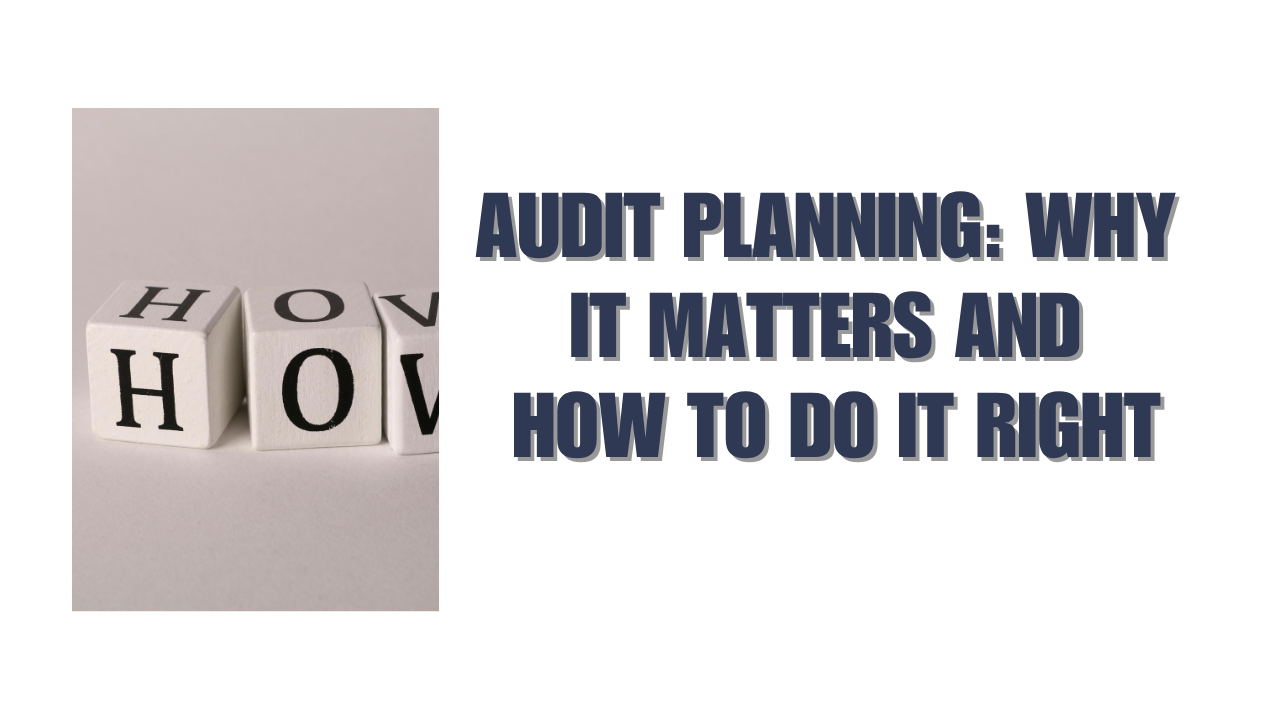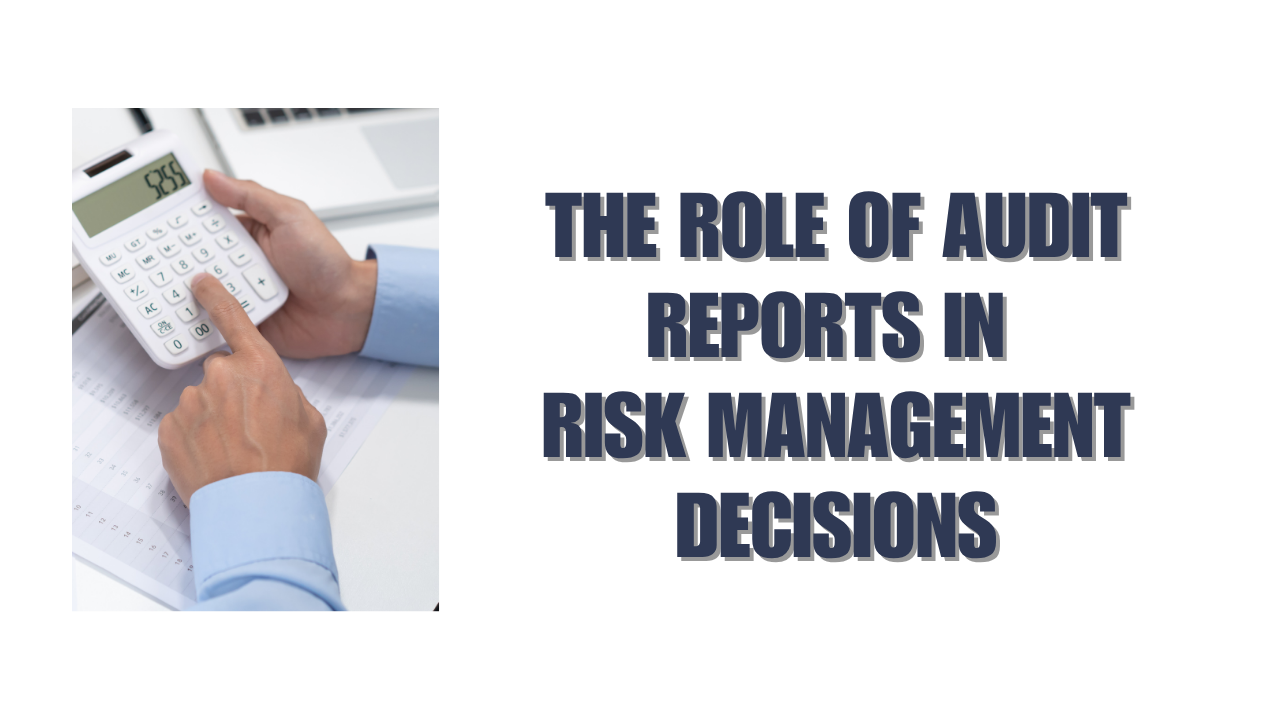Audits are nowhere near just backward-looking compliance exercises. With strategic use, audit insights give businesses a powerful chance to boost value, ensure transparency and make smarter decisions.
Business leaders often miss this chance by seeing audits only as regulatory requirements. Properly conducted audits actually serve as strategic tools that reveal operational weaknesses and boost control systems. Internal audit insights can spot potential areas where businesses could expand, and audit committee insights lead to better governance and risk management.
Audited financial statements are the life-blood of trust for potential investors that offer a clear view of your business’s performance and stability. Modern audit approaches that utilize data analytics help with deeper risk identification, fraud detection and process optimization.
This piece will show you how to turn your audit from a compliance checkbox into a strategic advantage. Learning about the true meaning of audit insights and putting them to work will help you turn audit findings into winning business decisions that stimulate growth and resilience.
Engage Early with Auditors for Strategic Clarity
Your audit reviews become strategic business tools when you work closely with auditors. Starting collaboration early creates better opportunities to learn and achieve valuable outcomes instead of waiting until the audit begins.
Set up pre-audit planning meetings
The path to audit success starts with clear communication channels before fieldwork. Your entire audit team – partners, managers, and field staff – should meet at least several weeks before your financial year-end. A detailed project plan that tracks timelines, deliverables, and responsibilities should emerge from this meeting. This plan helps everyone stay on track throughout the audit process.
These early planning sessions help you:
- Clarify document requirements and submission deadlines
- Identify potential bottlenecks or challenges
- Establish secure methods to transfer sensitive information
- Review engagement letters to understand responsibilities
A well-laid-out planning meeting reduces stress and surprises during fieldwork substantially. Weekly check-ins throughout the audit process help maintain momentum and tackle issues quickly.
Discuss key business changes and goals
Your auditors need a complete understanding of your business operations to provide meaningful insights. Be open about operational changes since your last audit. These changes might include:
- New revenue streams or business lines
- Modifications to internal control systems
- Process improvements or technology implementations
- Changes in organizational structure
Documentation plays a vital role during this phase. Auditors believe that undocumented risk assessment means nobody thought over the risk. Make sure you document all major business changes thoroughly, especially those that affect financial statements.
Understand new accounting standards
Companies need advanced preparation to implement new accounting standards. Research shows that financial reporting quality drops temporarily when companies implement new standards. This decline usually happens alongside increases in overall financial reporting complexity.
Future standards changes might affect how you disclose fees paid to audit firms, classify financial instruments, and report climate-related information. These emerging standards should be part of your planning meeting discussions to ensure proper implementation.
Early talks about complex accounting matters save time and prevent last-minute issues. You might want to bring in specialists to handle particularly complex accounting treatments and stay compliant with evolving standards.
Use Audit Documentation to Improve Financial Oversight
Audit documentation is more than just paperwork – it’s a strategic tool that enhances financial oversight. You can turn routine compliance activities into valuable business intelligence by using these documents effectively.
Review the auditor’s document request list
The auditor’s document request list (sometimes called a PBC or “Provided by Client” list) acts as a complete roadmap for the audit process. This well-laid-out inventory shows all documents, records, and information needed to assess your financial statements and internal controls. A properly organized request list has:
- Clear identification of required documents with specific descriptions
- Purpose behind each requested document
- Submission deadlines and preferred formats
- Department or individual responsible for providing each item
My analysis of this list helps me learn about aspects of financial operations that need closer attention. A good understanding of the auditor’s documentation needs helps me prepare better and ended up reducing audit time and costs.
Identify gaps in financial records
The review of audit documentation requirements often reveals gaps in financial records. These gaps usually point to weaknesses in internal controls or financial reporting processes. Research shows that incomplete documentation ranks among the most common audit issues and can lead to qualified audit opinions.
Creating a systematic approach to document critical financial judgments and estimates throughout the year makes sense, especially for areas that need complex accounting treatments. This practice helps avoid last-minute rushes during audit season.
Coordinate with outsourced accounting teams
Many businesses outsource their accounting functions while they retain control of oversight responsibilities. Clear documentation standards are essential for effective coordination between internal management and outsourced teams.
Modern secure file-sharing platforms built for auditing provide immediate status updates on document requests and make coordination smooth. These platforms let me:
- Track progress on document requests
- Assign specific tasks to appropriate team members
- Exchange sensitive information securely
- Maintain visibility across departments
Good coordination of audit documentation turns a compliance burden into a chance to improve financial oversight.
Turn Audit Findings into Operational Improvements
Audit findings become valuable when you turn them into practical improvements that create measurable business value beyond compliance. A smart approach can transform these results into strategic advantages that improve operations throughout your organization.
Address internal control weaknesses
Your system becomes vulnerable to errors, fraud, and compliance violations when internal control weaknesses exist. These deficiencies usually fall into three categories:
- Control design deficiencies (inadequate design failing to meet objectives)
- Operational deficiencies (properly designed controls executed inconsistently)
- Compliance deficiencies (failures to adhere to regulations or internal policies)
You need to redesign control procedures, implement proper segregation of duties, and use technological solutions to streamline processes. Regular follow-up audits confirm that these weaknesses have been properly fixed.
Improve cash flow and expense tracking
Cash flow management starts with understanding the cash conversion period—the time between selling products/services and receiving payment. Your financial stability improves significantly when you shorten this period through quick invoicing and efficient collection processes.
Strong audit controls in expense management help identify non-compliant spending and ensure policy adherence. Automated audits cut the cost of expense report mistakes by 60%, while AI technology finds 10 times more errors and fraud.
Use audit committee insights to guide governance
Audit committees are the foundations of corporate governance that help companies build stakeholder trust. These committees oversee corporate reporting processes, internal controls, and risk management.
Success depends on committee members who are independent, financially skilled, and know how to challenge management’s decisions. Audit committees now look beyond finances into areas like cybersecurity, with 81% of committee members saying this is especially challenging from an oversight viewpoint.
Leverage Advisory Services to Drive Growth
Audit insights become powerful growth drivers that propel development when combined with advisory services. Companies now use audit expertise to develop forward-looking strategies. This approach turns historical findings into future opportunities.
Translate audit insights into business strategy
Modern audit firms do more than traditional financial reviews. They help with tax optimization, optimize operations, and plan expansion. These services help me arrange audit results with business objectives such as higher profits or market expansion plans. Audit insights now cover emerging areas such as digital currencies and decentralized finance. This creates new opportunities and challenges for value creation.
Optimize tax, inventory, and credit policies
High uncollectible receivables found during audits might point to the need for new credit policies. Advisory services help me redesign these policies with analytical insights to improve cash flow. This directly benefits working capital management. The audit findings also help optimize inventory processes to boost performance. We identified underperforming areas and took corrective actions.
Build investor trust with transparent reporting
Audited financial statements are the life-blood of investor trust. Companies that earn trust outperform others by up to 400%. Self-reported information without audits ranks as the least trusted data source. My statements follow Generally Accepted Accounting Principles and industry-specific guidance. This steadfast dedication to transparency strikes a chord with stakeholders. Research proves that investors trust assured disclosures as much as their own proprietary data.
Conclusion
Audits mean much more than compliance exercises with a strategic approach. In this piece, we’ve seen how audit insights can revolutionize business decisions that accelerate growth and build resilience.
Teams that work with auditors early create the foundation for success. We don’t see auditors as regulatory enforcers anymore. They are strategic partners who help us find opportunities in our financial data.
Audit documentation provides a wealth of business intelligence. Getting ready for audits makes us look at our financial oversight systems. This reveals gaps we might miss otherwise. These findings make our organizations stronger even if they’re uncomfortable at first.
Better internal controls from audit findings affect our bottom line directly. Simple changes to cash flow management and expense tracking can bring major financial benefits. The audit committee’s insights help us create stronger governance structures. This builds stakeholder trust and protects our business interests.
The best part is seeing beyond just compliance in audits. Audit insights become growth catalysts when combined with advisory services. We can optimize tax strategies, improve inventory management and attract potential investors through clear reporting.
Business leaders who adopt this mindset gain a competitive edge. Companies that see audits as strategic tools rather than necessary burdens are the ones that thrive.
Smart businesses use every tool to make better decisions. Audits become valuable assets once we understand and apply them strategically. This piece shows you how to turn audit insights into winning business decisions that will boost growth for years ahead.
FAQs
Q1. How can businesses leverage audit insights for strategic growth?
Businesses can leverage audit insights by engaging early with auditors, using audit documentation to improve financial oversight, addressing internal control weaknesses, and partnering with advisory services to optimize operations and build investor trust.
Q2. What are the key steps in turning audit findings into operational improvements?
The key steps include addressing internal control weaknesses, improving cash flow and expense tracking, and using audit committee insights to guide governance. These actions help transform audit results into practical enhancements across the organization.
Q3. How can companies prepare effectively for an audit?
Companies can prepare by setting up pre-audit planning meetings, discussing key business changes and goals with auditors, understanding new accounting standards, and reviewing the auditor’s document request list to identify potential gaps in financial records.
Q4. What role do audit committees play in corporate governance?
Audit committees serve as fundamental pillars of corporate governance by providing oversight of corporate reporting processes, internal controls, and risk management. They help build stakeholder trust and increasingly focus on non-financial risks such as cybersecurity.
Q5. How do audited financial statements impact investor trust?
Audited financial statements serve as a cornerstone of investor trust by demonstrating a company’s commitment to transparency. Investors tend to trust assured disclosures equally to their own proprietary data, making audited statements crucial for building credibility with potential investors.






